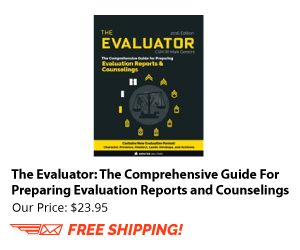Purpose: This regulation prescribes the design procedure and rationale for development of small boat navigation projects. Detailed design guidance is contained in the references listed in paragraph 3. CLICK TO DOWNLOAD
Regulations
ER 1110-2-1455 Cooperative Stream Gaging Program RCS DAEN-CWH-3
Purpose: This regulation establishes policy, provides background, and discusses management of the Cooperative Stream Gaging Program between the U.S. Army Corps of Engineers (USACE) and the United States Geological Survey (USGS). It also presents the program requirements for Field Operating …Read More
ER 1110-2-1454 Corps Responsibilities for Non-Federal Hydroelectric Power Development under the Federal Power Act
Purpose: This regulation provides policy and guidance for review of preliminary permit and license applications for non-Federal hydroelectric power development either at or affecting US Army Corps of Engineers (Corps) water resource projects.
ER 1110-2-1453 Criteria for SPH and PMH Wind Fields
Purpose: This regulation provides direction for the development of Standard Project Hurricane (SPH) and Probable Maximum Hurricane (PMH) wind fields along the gulf and east coasts of the United Stakes.
ER 1110-2-1451 Acquisition of Lands Downstream from Spillways for Hydrologic Safety PurposesER 1110-2-1451 Acquisition of Lands Downstream from Spillways for Hydrologic Safety Purposes
Purpose: This regulation provides guidance on the acquisition of lands downstream from spillways for the purpose of protecting the public from hazards imposed by spillway discharges. Guidance contained herein is in addition to ER 405-2-150.
ER 1110-2-1450 Hydrologic Frequency Estimates
Purpose: This regulation defines the scope of analysis, reporting, and coordination requirements for determining frequency estimates of hydrologic variables.
ER 1110-2-1407 Hydraulic Design for Coastal Shore Protection Projects
Purpose: This regulation defines the hydraulic design engineer’s responsibilities for initial design of coastal shore protection projects, for engineering inspection and evaluation during the construction and subsequent operation of such projects, and for the nourishment of coastal storm damage reduction …Read More
ER 1110-2-1406 Coastal Field Data Collection
Purpose: This regulation describes the Coastal Field Data Collection (CFDC) Program and establishes the procedures by which the U. S. Army Corps of Engineers gathers, archives, and disseminates coastal field data.
ER 1110-2-1405 Hydraulic Design for Local Flood Protection Projects
Purpose: This regulation prescribes the design procedure and rationale for the hydraulic design of a local flood protection channel project. Design guidance is contained in the reference listed in paragraph 3 and recognized engineering texts.
ER 1110-2-1404 Hydraulic Design of Deep-Draft Navigation Projects
Purpose: This regulation prescribes the design procedure and rationale for the hydraulic design of deep-draft navigation projects.
ER 1110-2-1403 Studies by Coastal Hydraulic and Hydrologic Facilities and Others
Purpose: This regulation prescribes policy and procedures for approval and technical supervision of coastal, hydraulic, and hydrologic studies related to planning, design, construction, and operation of U.S. Army Corps of Engineers (USACE) civil works projects.
ER 1110-2-1400 Reservoir Water Control Centers
Purpose: This regulation provides for the establishment of Reservoir/ Water Control Centers (Centers) in the major subordinate commands (MSC), summarizes basic activities of the Centers, and describes the delegated responsibilities to the Centers for management activities.











